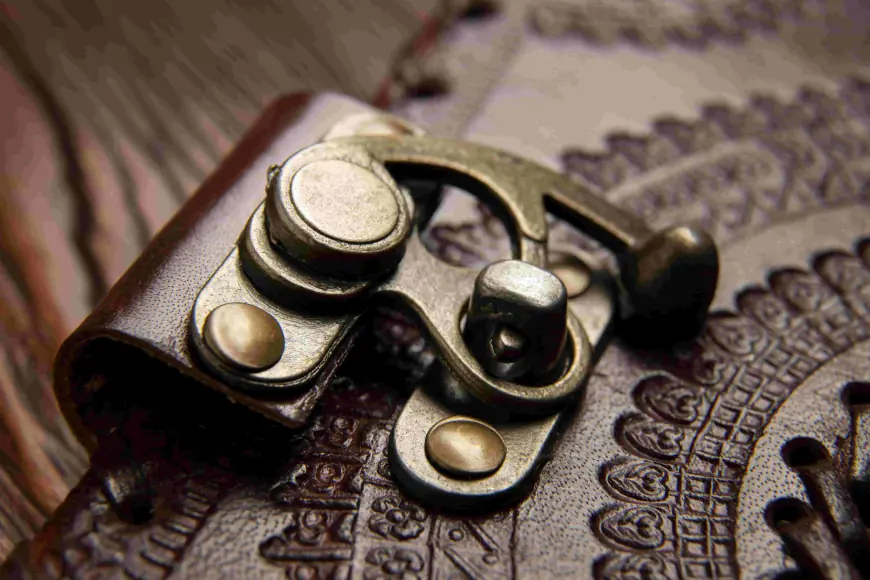Antique Jewellery Valuation
Understand the true value of antique jewellery with expert valuation, exploring factors like age, craftsmanship, materials, and history.

Antique jewellery is more than just adornment—it’s a connection to history, a symbol of enduring craftsmanship, and often a significant financial asset. Whether it’s an heirloom passed through generations or a rare piece you discovered, knowing its value is essential. Why? Because understanding the worth of your antique jewellery can help with everything from insurance to resale decisions.
This guide explores what antique jewellery valuation entails, its importance, and how you can have your treasures professionally appraised.
What is Antique Jewellery Valuation?
Antique jewellery valuation is the process of determining the value of vintage or historical jewellery pieces. Professional valuers assess various aspects, such as the item’s age, materials, craftsmanship, and historical significance, to provide an accurate estimate of its worth.
The importance of a thorough valuation goes beyond attaching a price tag. It also gives you insights into the story your jewellery tells—its origins, rarity, and unique qualities.
Why Valuation is Essential
You might wonder, why bother with a valuation, especially if you’re not planning to sell your jewellery anytime soon? Here are some key reasons why it’s important:
1. Insurance Coverage
Accurately valuing your antique jewellery ensures that you’re covered in case of theft, damage, or loss. Standard insurance often won’t cover the specifics of antique jewellery without a proper appraisal certificate.
2. Resale or Auction
Thinking of selling your antique pieces? Knowing their true value prevents underpricing, especially if you’re dealing with rare or high-demand items.
3. Estate Planning
Valuation is crucial when dividing assets among family members or settling an estate. It ensures fairness and prevents disputes.
4. Authentication
Antique jewellery can often be imitated. Professional valuation services authenticate your jewellery, offering peace of mind and protecting you from counterfeit items.
5. Sentimental Value Meets Monetary Worth
While your jewellery may hold great sentimental value, understanding its monetary worth enhances its significance, helping you preserve or monetize it appropriately.
Key Factors in Valuing Antique Jewellery
Several elements influence the valuation of antique jewellery. Here are the most important ones that professional valuers take into account:
1. Age and Era
The time period during which the piece was created can add significant value. Jewellery from well-known eras like the Georgian, Victorian, Edwardian, or Art Deco periods is often highly sought after.
2. Materials and Gemstones
The type and quality of materials play a critical role. Pieces made with high-purity gold, platinum, and precious gemstones like diamonds, rubies, or sapphires often command higher values.
3. Provenance
Provenance refers to the item’s history. If the piece was owned by a famous figure or has a well-documented origin, it becomes more valuable.
4. Craftsmanship
Exceptional craftsmanship or the work of a renowned jeweller adds considerable value. Unique or intricate designs also stand out in the valuation process.
5. Condition
The condition of a piece—whether it shows signs of wear or damage—can influence its value. Original, well-preserved jewellery is often worth much more than restored pieces.
6. Market Trends
Current demand in the antique market also plays a role. For instance, Art Deco designs may see a surge in value due to their timeless appeal.
How to Get Your Jewellery Valued
If you’re ready to understand the worth of your antique jewellery, follow these steps to ensure a reliable valuation process:
1. Choose a Certified Valuer
Work with professionals accredited by reputable bodies such as the Gemological Institute of America (GIA) or the Institute of Registered Valuers (IRV). Certification guarantees expertise and ethical appraisal.
2. Ask the Right Questions
Before proceeding, inquire about the valuer’s experience, especially in antique and vintage jewellery. Choose someone familiar with various historical eras and identifying markers.
3. Gather Documentation
Bring any existing certificates, receipts, or historical documentation related to your jewellery. These details can greatly assist the valuation process.
4. Request a Written Report
Always ask for a documented appraisal report. This report should include detailed descriptions, photographed evidence, and the assessed value. It’s important for insurance and resale purposes.
5. Understand the Fee Structure
Valuation services may charge based on flat fees or percentages of the item’s value. Ensure you have clarity on costs to avoid surprises.
Practical Tips for Owners of Antique Jewellery
- Be Mindful When Cleaning: Avoid harsh cleaning methods or chemicals, as they might damage your jewellery and reduce its value.
- Proper Storage: Use padded and separate storage containers to prevent scratches and other damage.
- Insure Your Treasures: Once valued, insure your jewellery for its full, updated appraisal value.
Final Thoughts
Antique jewellery represents more than monetary value—it tells a story, connects you to history, and can serve as a legacy for future generations. Whether you want to sell, insure, or simply learn more about your piece, a professional valuation is the key to unlocking its full potential.
Don’t leave these treasured items to chance. Consult with a certified antique jewellery valuer to ensure your pieces truly shine, both in sentiment and worth.












